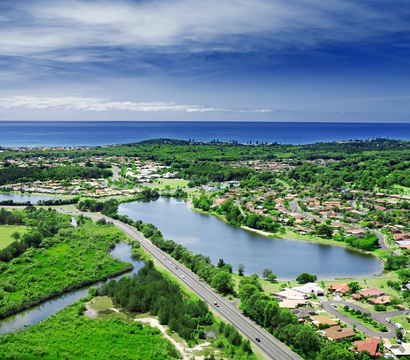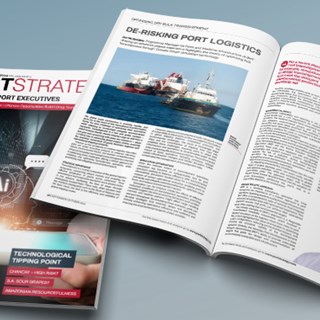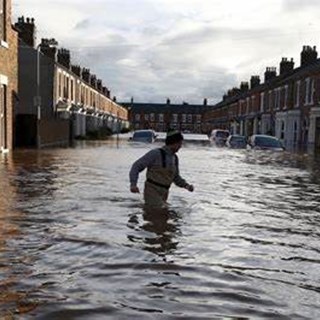Many new residential areas are being developed in and around cities to accommodate rapidly increasing populations. Sometimes, these are not located at or designed appropriately for the various natural hazards that affect these areas (including floods, bushfires, storm surges and heatwaves). At the same time, climate change increases the intensity and frequency of extreme events and puts our communities at risk.
Natural disasters are likely to:
- Increase in scale and complexity
- Occur simultaneously
- It impacts people and places that have not been exposed to natural hazards of this nature.
Other non-climatic factors add further complexity including increased interdependencies between social, technical and institutional systems with resulting impacts of system failure. This is likely to increase the demand for service from the Emergency Management (EM) sector which plays a key role in safeguarding our communities in all phases of disaster management, including prevention, preparedness, response and recovery.
To support disaster managers in planning and managing natural hazard risks, they must understand the nature of those risks and how they intersect, enabling them to prepare for various hazards or combinations of threats that might require different responses. A sound, thought-through approach has been developed for Queensland by the Queensland Fire and Emergency Services (QFES).
The Queensland Emergency Risk Management Framework (QERMF) has been rolled out across different local governments in Queensland to help local disaster managers understand multi-hazard risks and plan for their management. We are working with several local governments in Queensland (Moreton Bay Regional Council, Noosa Shire, Scenic Rim Regional Council, and Livingstone Shire) to assist them in conducting these assessments and developing or updating their disaster management plans.

Queensland Emergency Risk Management Framework (QERMF).
Source: Queensland Fire and Emergency Service, (2017)
Our team combines quantitative geospatial analysis and extensive qualitative consultation with critical infrastructure stakeholders to understand vulnerability and risk and identify any existing capacity gaps that need to be filled to increase resilience in the future.
These multi-hazard assessments are underpinned by hazard information from different national and state scientific agencies (Geoscience Australia, Bushfire CRC, CSIRO), international sources (Landsat thermal imageries), as well as local council-specific hazard studies when available (flood, storm surge, erosion, bushfire etc.).
In conducting these studies, we consult with all organisations that manage critical assets within our communities. Such organisations include electricity providers, water supply and waste management agencies, telecom providers, hospitals, transport agencies, emergency services, Red Cross etc. We build an understanding of their assets at risk and their capacity to handle different types and scales of disasters. We also identify capacity gaps that need to be addressed going forward.

Landsat thermal images illustrating urban hotspots where temperatures are likely to be felt higher than other parts of the city during a heatwave
Appropriate planning and preparation to manage natural disasters will save lives in the future under future climate extremes. A multi-hazard approach helps us understand the complexity of disaster management and help emergency managers, their stakeholders, and their communities develop appropriately focused plans to address the different phases of disaster management, planning, prevention, response, and recovery.

Synthetic cyclone track generated using Geoscience Australia’s Tropical Cyclone Hazard Model.

Earthquake shake maps were generated using Geoscience Australia’s Earthquake Scenario generation tool.










